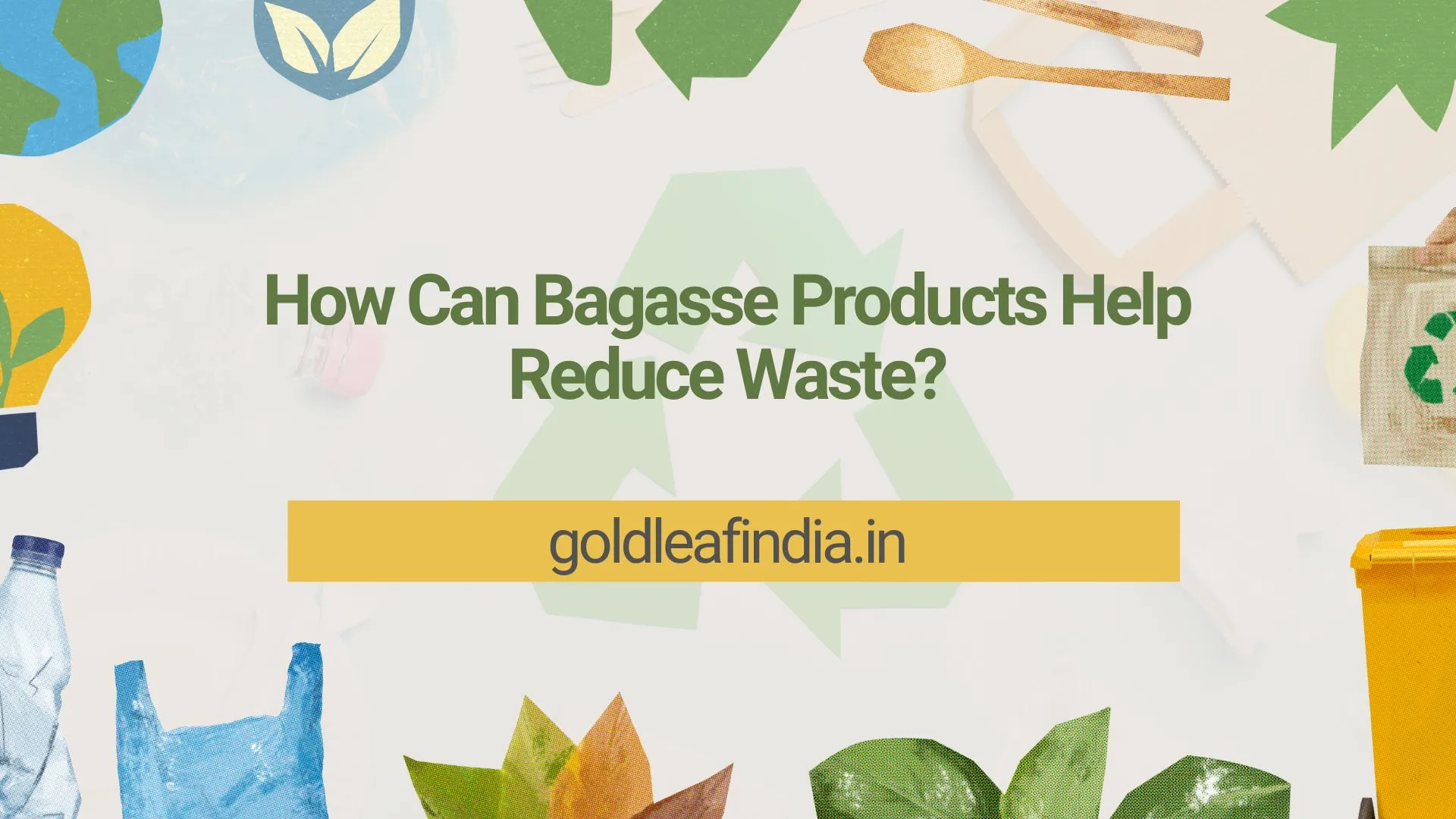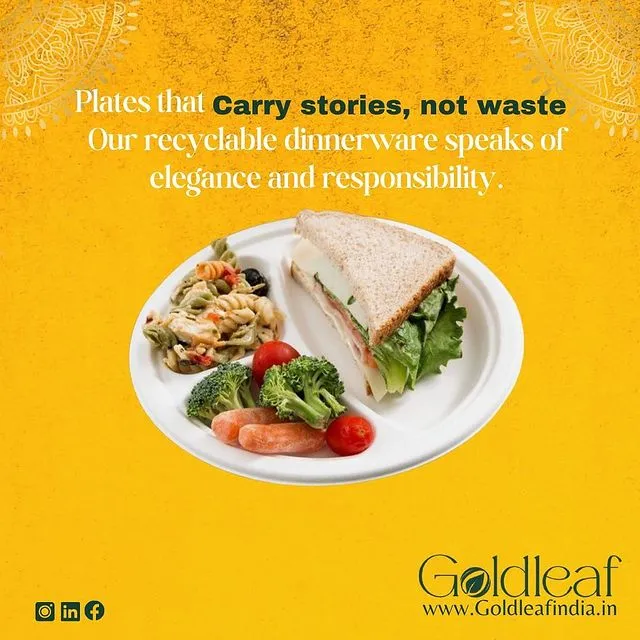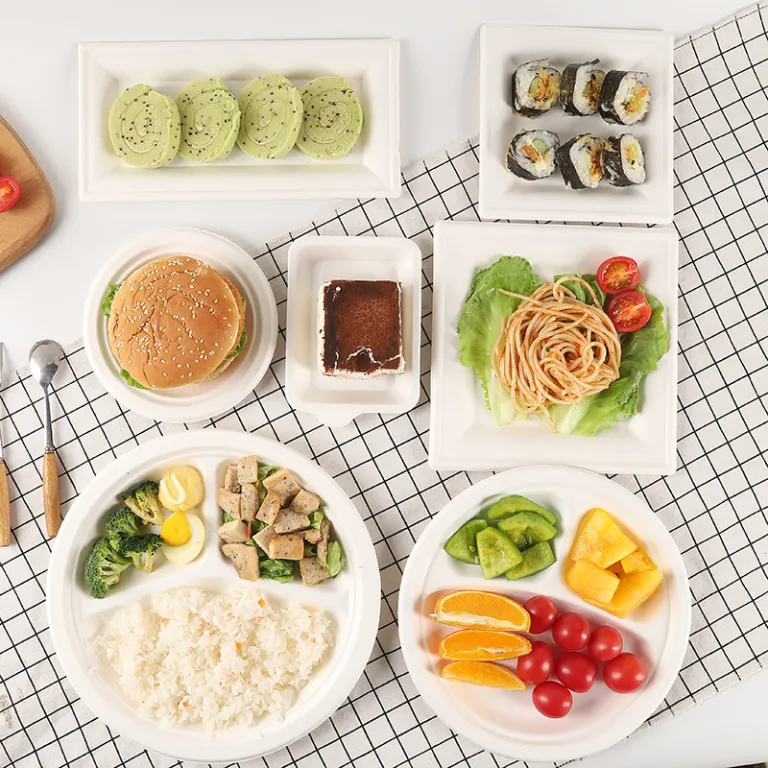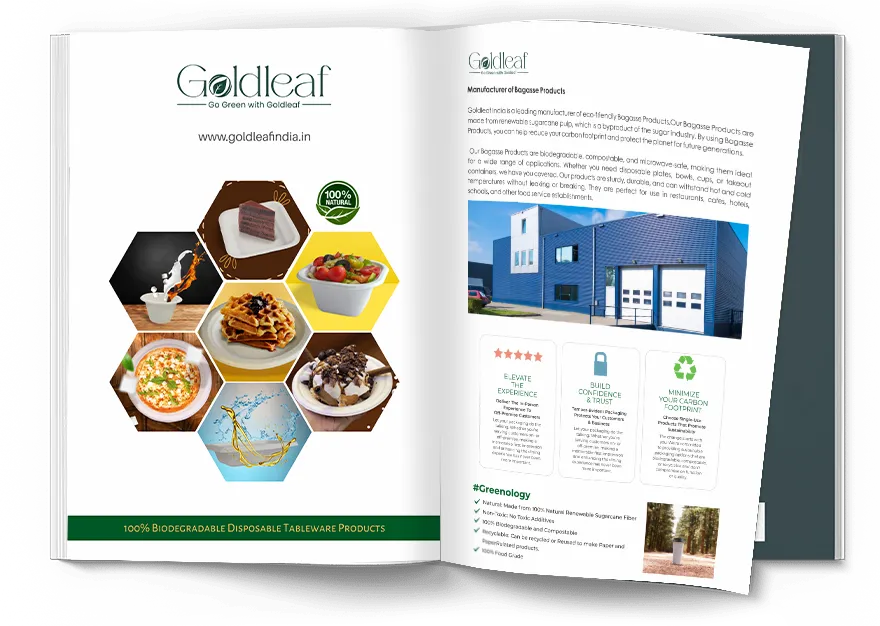Connectez-vous avec notre équipe

- 2945
Have you ever thought of ways to reduce waste in sugarcane production? You probably never knew that the major by-product in the production process the one to such an extent that it actually causes a big problem in disposal is bagasse. Well, bagasse can really come in handy in production and reduce the wastes produced.
In this article, we are here to tell you everything you need to know about bagasse, everything from what it is, how it comes about, and some innovative, creative ways in which humans are repurposing it into sustainable goods. We will discuss what bagasse can be turned into, pretending to be paper, packaging, clothes, and so many other products which people can find ways to overextend on innovation and give that item another life instead of a landfill. And with just a bit of ingenuity, this agrimaterial by-product helps in contributing to the zero waste mania. Prepare for your mind to be blown with the following possibilities.
What Is Bagasse and How Is It Produced?
Bagasse is a fibrous residue left after extracting sucrose-rich juice from sugarcane stalks by physical pressing and squeezing out the same. During sugarcane processing, thousands of tons of dry pulpy residue are generated annually.
Bagasse can be transformed into sustainable stuff instead of letting it go to waste. Sugarcane is crushed through mills that squeeze out the sugary juice. After squeezing out all that sweetness, we are left with bagasse. It is essentially a form of pulp made up of such fibers as cellulose, hemicellulose, and lignin. Bagasse obtained after milling is still very wet, so it gets dried and then compressed into dense bales to allow for better storage and transport.
Dried bagasse can be used as a biofuel to produce green electricity and heat to power a mill. Excess bagasse can also be made into pulp that is spun into fibers for producing paper, molded into disposable plates and cups, or turned into medium density fiberboard for construction and furniture.
Some companies even found more advanced ways of using bagasse, such as making it into textiles, biodegradable packaging, and activated carbon for purifying water, among others. These products reduce waste while creating a new source of income. Revamping waste, bagasse is an apt example of an agro-byproduct being used through sustainable and eco-friendly means.
Reduction and reusing of waste, especially in agriculture, will be a big leap in our journey to a greener future. While not the sexiest example, bagasse really helps push forward how a bit of creativity and innovation can turn what is left over to valuable. This allows us to get a step closer to the world with less waste, in which every part of the system is used.
Benefits of Using Bagasse Products to Reduce Waste
Bagasse is the fibrous matter that remains after sugarcane stalks are crushed to extract their juice; it is a plentiful agricultural byproduct that offers some promising solutions for waste reduction. It can be recycled into more useful things like papers, cardboard, composts, and biodegradable food containers and cutlery.
Renewable Resource
Recycling the bagasse into these products means that tons of it does not end up as landfill, and there is no need to produce virgin paper pulp from sheet trees. Since sugarcane is a fast-growing grass, bagasse is a renewable resource, and as long as sugarcane is grown, there will be a steady supply of bagasse. This results in the development of helpful products with a sustainable level of support for a greener economy.
Biodegradable and Compostable
Most of the products obtained from bagasse come in the form of plates, cups, and cutlery. Such products are biodegradable and compostable. They decompose naturally over time; thus, unlike the plastic products, they do not add filth to the environment and pose a threat to the lives of animals. Compostable bagasse products can quickly decompose in compost bins or municipal composting programs and further add nutrients to the soil.
Bagasse products provide an opportunity for making a positive environmental contribution teaming up with saving themselves from unnecessary pollution and waste. It will be a straightforward contribution to a sustainable living for all to evade the use of single-use plastics. Next time you need disposable tableware or you are out shopping for office supplies, think about bagasse—you will be doing the planet a great favor.
Examples of Innovative Bagasse Products
Bagasse is a versatile material, and many environmentally friendly products can be made from bagasse fibers. Some innovative examples are as follows:
Bagasse paper and packaging
Bagasse paper is obtained from the residual pulp—waste after the sugar cane stalks are crushed. This paper makes the production of green paper stationary, paper bags, and food containers. This paper is renewable, biodegradable, and recyclable. Many companies nowadays utilize bagasse paper and packaging in the place of plastics and styrofoam products.
Bagasse furniture
Bagasse can compress into boards to use in manufacturing chairs, tables, and cabinets. The natural resins then bind together the fibers, thereby resulting in termite-proof, water-resistant boards, which are lightweight yet robust and with a natural texture of the wood. Bagasse furniture is perfect for outdoor and patio use because it weathers well.
Bagasse bowls and cutlery
Bagasse can be made pliable when wet, and it can be moulded and then dried into shape. Many companies use this fact to make moulds for biodegradable bowls, plates, cups, and cutlery. These bagasse products, after use, can be composted with food scraps. That gives a good alternative for many single-use plastics.
Bagasse animal bedding and litter
Shredded bagasse fibers make excellent bedding and litter for small animals like hamsters, guinea pigs, and rabbits. It is highly absorbent, dust-free, and devoid of chemicals. In case of accidental ingestion, the natural fibers are nontoxic. Bagasse bedding is compostable after use, in contrast to the traditional wood shavings.
Bagasse handicrafts
In most sugarcane-growing areas, bagasse is used to produce traditional handicrafts like hats, baskets, placemats, and decorative items. The bagasse fibers can be hand-woven or pressed into shape automatically. These handicrafts appear as a means of livelihood for the local artisans and a way to keep a part of their culture. They are popular green products and are exported worldwide.
The use of bagasse to make products that are sustainable results in a reduction in the waste from agriculture, in plastic and tree use. And the next time you shop for paper, furniture, or food packaging, consider an innovative bagasse product.
PREMIUM BAGASSE PRODUCTS COLLECTION
Conclusion
As you can see, bagasse products can make a real difference in reducing waste. You can do your part to support companies making eco-friendly alternatives by choosing items made from this sugarcane byproduct instead of less sustainable materials. And you'll help decrease the staggering amount of waste going into landfills each year.
So next time you're shopping for plates, packaging or even clothing, consider choosing bagasse from Goldleaf. Your small actions can add up to big change when we work collectively to support sustainable solutions. Together, our careful choices will add up towards leading a cleaner, greener future—one bagasse box at a time.
- Produits
- Bowl
- Clamshell
- Compartment Plate
- Plate
- Tea Cup
© 2024 , Goldleaf ,
Tous droits réservés.
Made & Managed by Lightlink Solutions






